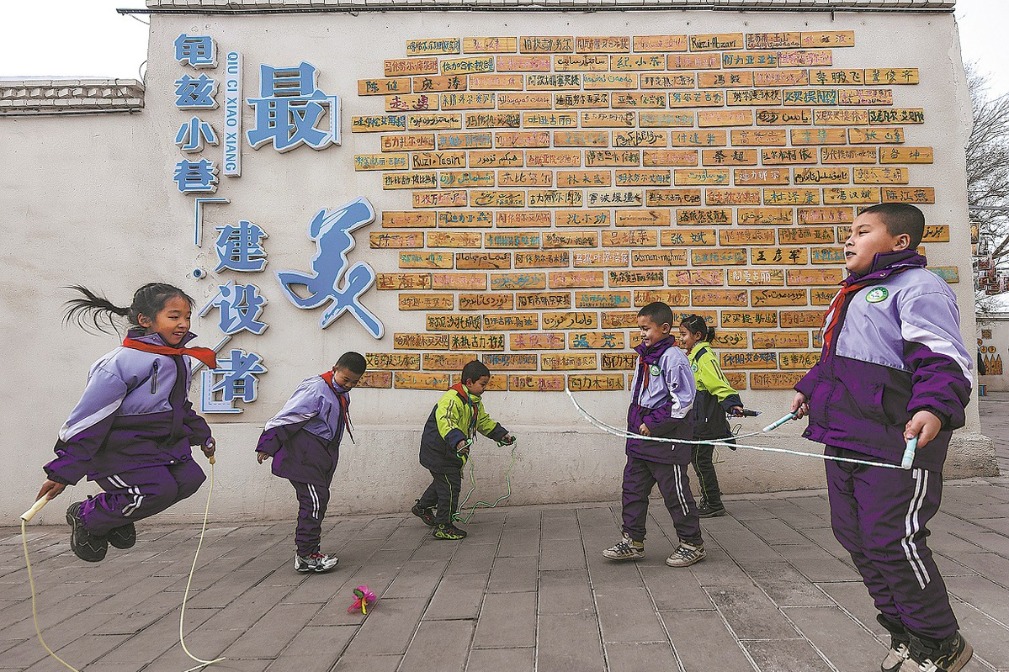Latin America in the time of COVID-19


Helping countries strengthen their epidemic readiness is not only of great practical importance given their vulnerability, it is also necessary to advance the Belt and Road
While Western countries are being significantly impacted by the novel coronavirus, the spread of the virus in developing countries has failed to attract enough global attention and is creating the risk of a "third wave". Latin America is already seeing the impact of the virus. In particular, major countries in the region such as Brazil, Ecuador, Chile and Peru are already seeing the number of cases increasing rapidly.
Despite prevention and control measures undertaken across Latin American countries and the state of emergency declared in a number of them, the virus seems to be spreading for the following reasons:
First, not all Latin American countries have been vigilant enough, which resulted in delayed responses in some.
Second, while most of the infections in Latin America countries have been imported cases, community spreading of the virus is already a reality in countries such as Chile and Brazil. Limited healthcare resources and the level of technology in these countries also make it harder to diagnose those infected and treat those who develop COVID-19. The virus could spread to slums and other high-risk areas unless these countries act fast to take strict control measures. Otherwise, fighting the pandemic will become a herculean task. Years ago, the H1N1 debacle in Mexico was the result of its inadequate response.
Third, some specialists suggest the virus may become seasonal. As it will soon be autumn in the southern hemisphere, countries such as Brazil (especially the southern regions), Argentina and Chile will see lower temperatures, which will hinder prevention efforts. Failure to effectively contain the community spread of the virus will result in similar disastrous outcomes to those we are seeing in southern Europe now. Colder temperatures will further complicate global efforts to fight against the virus.
In fact, the impact of the novel coronavirus in Latin America goes beyond the spread of the disease and the growing number of infections. The epidemic has also escalated uncertainties in the political situation. In 2019, many countries of the region saw political turbulence, which has yet to be completely resolved in countries such as Venezuela, Chile and Bolivia. As Latin American economies depend heavily on the global market, which is expected to take a big hit as a result of the outbreak, the economic impact of the virus on the region will be devastating.
According to projections by the United Nations Economic Commission for Latin America and the Caribbean, the regional economy is expected to shrink by 1.8 percent this year and unemployment is expected to increase by 10 percentage points as a result of the impact of the pandemic. Prolonged low growth will undermine political stability in Latin America, and a new round of social unrest may already be in the making.
The response of national governments in Latin America also has a direct impact on public trust in their government. Public support for the existing political system has been on the decline for years, down to less than 48 percent in 2018-19 from 54.5 percent in 2010. Given the imbalanced distribution of resources in the global fight against the pandemic, Latin America, which is already at a disadvantage globally, will see further resource crunches. This will aggravate the existing inequalities in the distribution of resources, and anti-establishment forces may see an opportunity to grow in influence.
As a responsible stakeholder, China is already lending a helping hand to Latin America given the current situation. China has provided medical assistance to countries such as Cuba, Chile and Argentina, and held video conferences with specialists from China and 25 Latin American countries including Panama and Costa Rica to share the lessons learned and measures undertaken, an initiative praised by countries of the region.
The sudden outbreak of the novel coronavirus has also provided food for thought as China and Latin America seek to strengthen ties and promote the implementation of the Belt and Road Initiative. Early intervention is, without a doubt, essential to epidemic prevention and control efforts. For developing countries, the prevention and control of infectious diseases is a prominent issue, one that has dogged their pursuit of modernization for decades. Latin America is a case in point. The outbreak of yellow fever during the construction of the Panama Canal led to the infection and death of numerous workers. In recent history since the beginning of the 21st century, the region has been plagued by the H1N1 epidemic in Mexico and the zika virus outbreak in Brazil. Latin America is no stranger to infectious diseases and their impacts. As most of the construction projects under the Belt and Road Initiative are in developing countries, China has realized that helping recipient countries to strengthen their epidemic readiness is not only of great practical importance given their vulnerability, it is a necessary condition for the growth and development of the Belt and Road.
In fact, the prevention and treatment of infectious diseases is no longer just about the pathogens themselves. It is also about the setting of standards. We are already seeing different "schools "of thought as Asian and Western countries diverge on the best way to respond to the pandemic. This is not unique to this outbreak, however, as we also saw different views on malaria prevention and treatment between Chinese and Western specialists. These differences can be attributed to diverging national circumstances, points of view and sometimes prejudices. Therefore, in public sector services, the Belt and Road Initiative has to do more than building hospitals and schools. It will also be necessary to promote the Chinese solution to the healthcare and education facilities we build. This of course raises the bar for China, but it also imperative for advancing the Belt and Road Initiative.
The author is a research fellow with the National Academy of Development and Strategy at the Renmin University of China. The author contributed this article to China Watch, a think tank powered by China Daily. The views do not necessarily reflect those of China Daily.

































